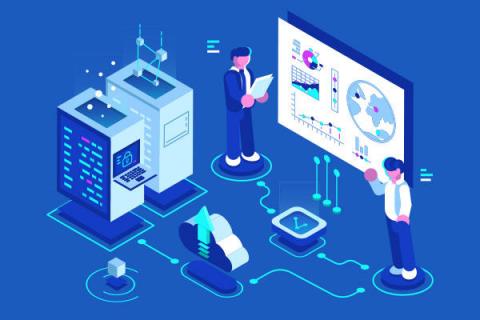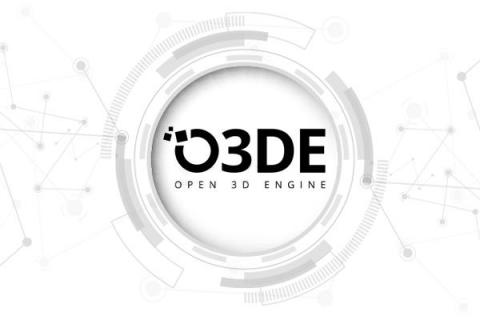Systems | Development | Analytics | API | Testing
Perforce
Digital Twins in Manufacturing: What You Need to Know
Across industries, we’re seeing more use of digital twins in manufacturing. Digital twin visualization technology pairs well with the sensors that manufacturers use to gather vital information on production processes. Now, the information being collected via smart manufacturing systems can be incorporated into visual, interactive models. These models help teams drive innovation.
OpenLogic by Perforce Announces New Download Hub for Enterprise Linux
Welcoming BlazeMeter to the Perforce Family
Last week, Perforce announced our 12th acquisition, the BlazeMeter Continuous Testing Platform – a great addition to our DevOps at Scale portfolio. I’d like to welcome the Blazemeter team to the Perforce family. Throughout our conversations leading up to the acquisition, it was clear that we were dealing with a world-class product, and a world-class team. We are excited to add both to Perforce and look forward to the things we will accomplish together.
Perforce to Acquire BlazeMeter Continuous Testing Platform From Broadcom
Design Environment Challenges: Using PLM for Semiconductors
Following up on an earlier blog post where we discussed what is product lifecycle management for semiconductors, in this blog we will delve deeper into the challenges that PLM presents for a semiconductor design environment. Although PLM tools have seen some success in industries such as defense, automobile, aerospace, and others with large design teams and well-established methodologies, the adoption rate in the semiconductor space has been slow.
IP Security Vulnerability Detection
The severity and ingenuity of cyberattacks continues to increase as malicious actors become more proficient, breaking through the software layers and aiming to also compromise hardware like integrated circuits. Relative to software, it is much more difficult to patch security vulnerabilities in ICs – making early identification of IP security weaknesses increasingly important.
Klocwork: The Ideal Static Code Analyzer for Developer Productivity, SAST, and DevOps/DevSecOps
Embedded System Software Development: Everything You Need to Know
Embedded system software developers have a difficult job. For one, the work itself is challenging — embedded systems must withstand numerous updates to their environment to function properly. Plus, when something goes wrong in development, those higher up the chain tend to look at developers rather than the tools the team is using. You can’t solve new problems with old tools, and they are often at the root of a team’s mistakes or delayed releases.
Lumberyard to Open3D - Amazon Game Engine 101
The rise of game engines has sparked new innovations across industries. Amazon Lumberyard — the Amazon game engine — has recently transitioned to open source. Open 3D Engine (O3DE) may be new on the scene. But as companies continue to move to the cloud, many are looking at this new Amazon game engine to transform their pipeline.








